Premium Only Content
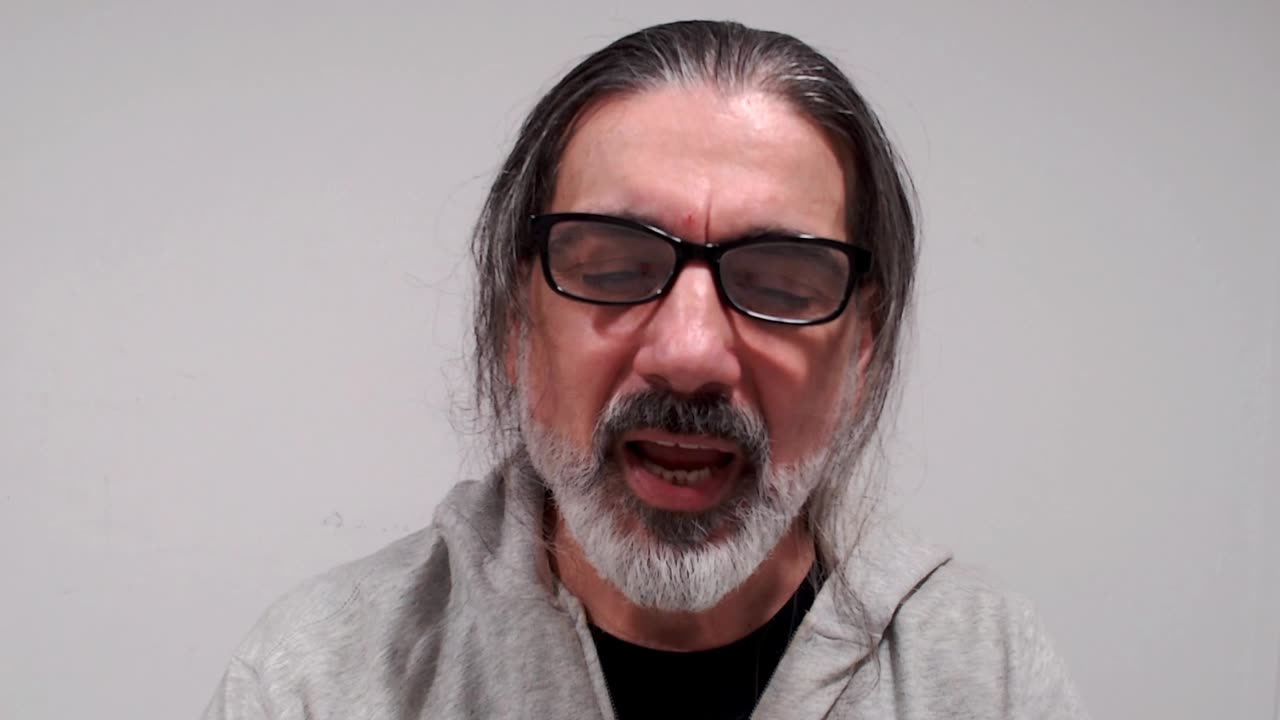
Shooting From The Hip - 38 - Karate Martial Arts, Motobu Choki, Gichin Funakoshi
Martial Arts - English translation of Japanese word "bu-gei" - literally translates to "martial" & "arts" -1st used Japanese-English dictionary 1918 -term 'martial arts' popularized by mainstream pop culture during; 1960s
1970s - by Hong Kong martial arts films (most famously Bruce Lee) during"chopsocky" wave 1970s - term 'martial science' or 'martial sciences' was commonly used for fighting arts of East Asia (Asian martial arts) until the 1970s -term Chinese boxing was also used Chinese martial arts 1970s
MARTIAL ARTS BUSINESS- Asian martial arts explosion in popularity in West 1970s - the rising demand resulted in numerous low quality or fraudulent schools - fictional depictions led to the ninja craze of the 1980s in US - fraudulent ads for martial arts training programs, in comic books 1960s, 1970s -primarily read by adolescent boys
the colorful belt system to show progress - commercially viable, belt systems as good business model was adopted - degree mills (McDojos & belt factories) to generate additional cash
Okinawan martial arts- such as karate, tegumi & Okinawan kobudo(weapons training), which originated among the indigenous people of Okinawa Island -Due to its central location, Okinawa was influenced by various cultures with a long history of trade & cultural exchange, including Japan, China & Southeast Asia, that greatly influenced development martial arts on Okinawa
Influenced in its early development by Shuri-te; Shuri-te (Okinawan) is a pre-World War II term for indigenous martial art to the area around Shuri, the old capital city of the Ryukyu Kingdom
Shorei-ryu: - is a style of Okinawan karate, 1 of the 2 oldest karate styles: Shorin-ryu, developed end of the 19th century by Higaonna Kanryo in Naha, Okinawa - Motobu Choki trained
Gichin Funakoshi - philosophy in karate the individual could transcend the egotistical self - the student of karate render his mind empty of selfishness & wickedness, act appropriately A Way Of Life
was the first expert to introduce Karate-do to mainland Japan 1916 - of samurai lineage - a family which had been vassals of Ryukyu Dynasty nobles (Okinawa) - age 11 made a name for himself
chairman Okinawa Martial Arts Society - in 1922, 54 years old, he introduced Okinawan karate-jutsu at the 1st Ministry of Education
sponsored Physical Education Exhibition: introduction, 1st ever public display of karate-jutsu in Japan, a great success - previously unknown martial artist Funakoshi Gichin rose to instant fame
he trained in both styles of Okinawan karate of the time: Shorei-ryu & Shorin-ryu; combined both to create; Shotokan: Funakoshi's pen name, Shoto, which means "waving pines" Kan means training hall/house, Shotokan referred to the "house of Shoto"- against competitive application & sport sparring- his son, Gigo Funakoshi - develop a karate technique that definitively separated Japanese karate-do from Okinawan arts -1936 & 1945, Gigo advocated competition, sparring, fight focus completely different his father
Motobu Choki - born to Ryukyu royal family, (Okinawa): neglected following the tradition of the day - only the first-born son was to be given a proper education -he made karate study the single pursuit of his life
he moved to Osaka, Japan 1921 age of 51 - well known in Okinawa as strongest karate fighter, largely unknown in Japan
that changed overnight when, at the age of 52, Motobu Choki defeated a bigger & younger Western boxer - became instant household name in Japan for his fighting skill
moved to Tokyo in 1927, Funakoshi had already been there for several years, established a name for himself & had a large number of students
Japan 20 years to teach karate - due to the escalation of the war, he had to close his dojo & returned to Okinawa 1941
applied karate as a combat skill through rigorous practical testing in Street Fights Red Light Districts- allegedly
Gichin Funakoshi, Motobu Choki took radically different approaches to study, implementation, practice, application of karate - Way Of Life Vs Pure Fight Focus
as the story goes Motobu told Funakoshi what he didn't like about his particular practice - crossed single hand with him & Kumite (Japanese: literally "grappling hands") Kumite is the part of karate in which a person trains against an adversary - allegedly they crossed hands a total of 3 times, each time Motobu used wrist lock & threw Funakoshi to the ground - at which point Motobu presumably satisfied left the dojo - Funakoshi understandably angry & humilated
DOJO STORMING - (dojoyaburi) - visiting a rival school to challenge its members- fight between the visitor & school member; typically the 'visitor' would have to work his way threw multiple students of varying ranks, before fight instructor, headmaster - where the superiority of their respective fighting styles would be put to the test -common 1920s
-
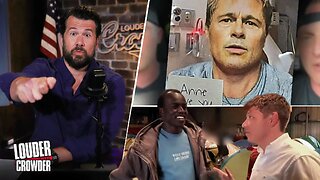 1:38:45
1:38:45
Steven Crowder
4 hours agoAI Celebs Just Scammed Women out of Millions & Premium Interview w/ Patrick Christys
201K165 -
 43:48
43:48
The Mel K Show
3 hours agoMORNINGS WITH MEL K -This Labor Day Celebrate Liberty, Freedom & Family! 8-29-25
14.2K4 -
 59:02
59:02
The Shannon Joy Show
4 hours ago🔥🔥The Butchers At Hilo Benioff Hospital Hawaii - Mom Subjected To Forced C-Section & Abuse🔥🔥
20.1K3 -
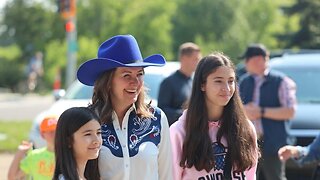 41:26
41:26
daniellesmithab
3 hours agoBetter, Faster, Smarter Access to Government Services
8.06K3 -
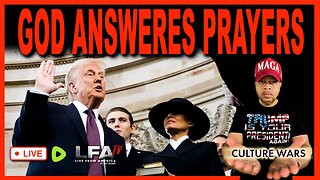 LIVE
LIVE
LFA TV
7 hours agoLFA TV ALL DAY STREAM - FRIDAY 8/29/25
2,582 watching -
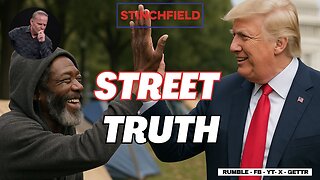 44:41
44:41
Grant Stinchfield
20 hours ago $1.11 earnedEven DC’s Homeless Beg for Trump’s Law & Order — While Wacky White Liberal Women Scream NO!
16.1K4 -
 1:02:30
1:02:30
VINCE
5 hours agoGavin Newsom Is A Major Trump Fan | Episode 114 - 08/29/25
195K176 -
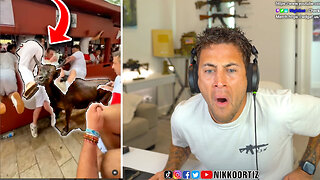 1:32:10
1:32:10
Nikko Ortiz
4 hours agoPainful Life Experiences
37.4K12 -
 1:42:16
1:42:16
Dear America
6 hours agoThe Left Chooses TRANS Over Christianity!! WOKE Mayor Is Doubling Down!!
105K65 -
 1:31:44
1:31:44
Caleb Hammer
4 hours agoGaslighting. Toxic. B*tch. | Financial Audit
28.7K2